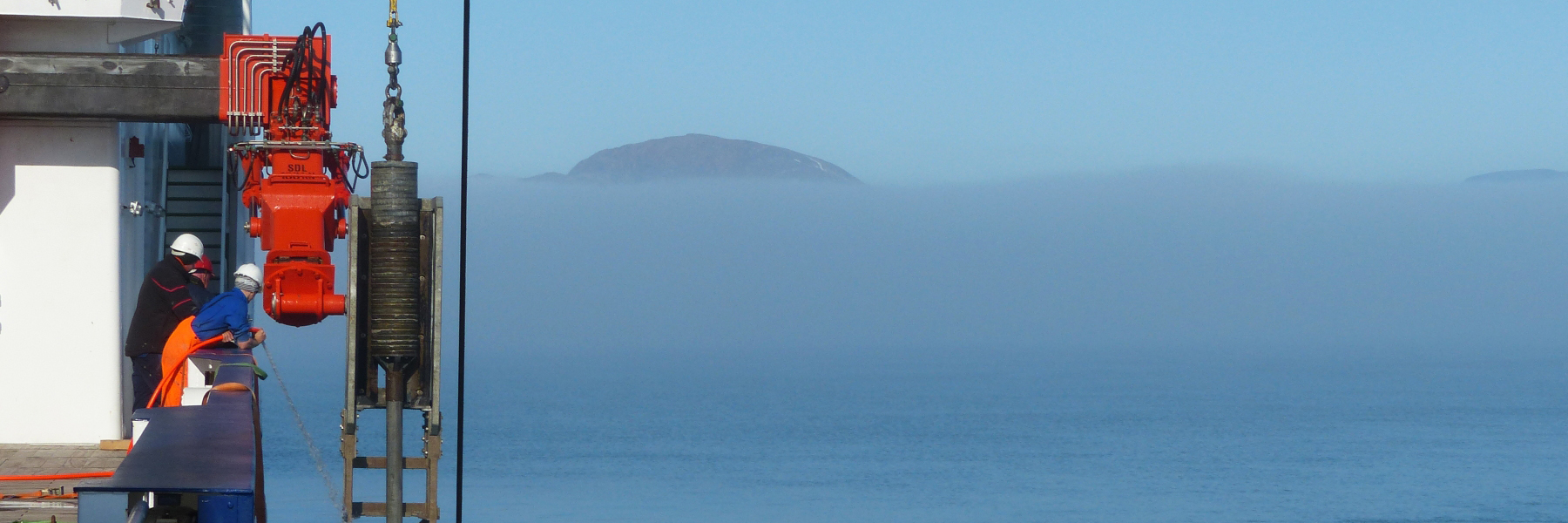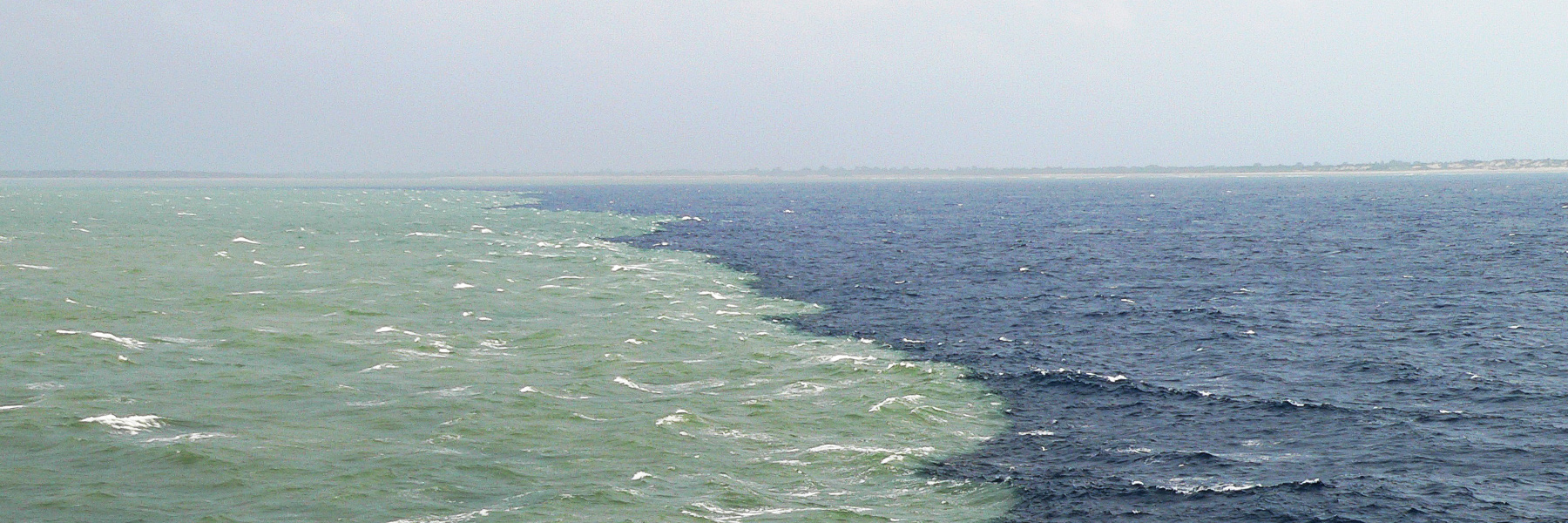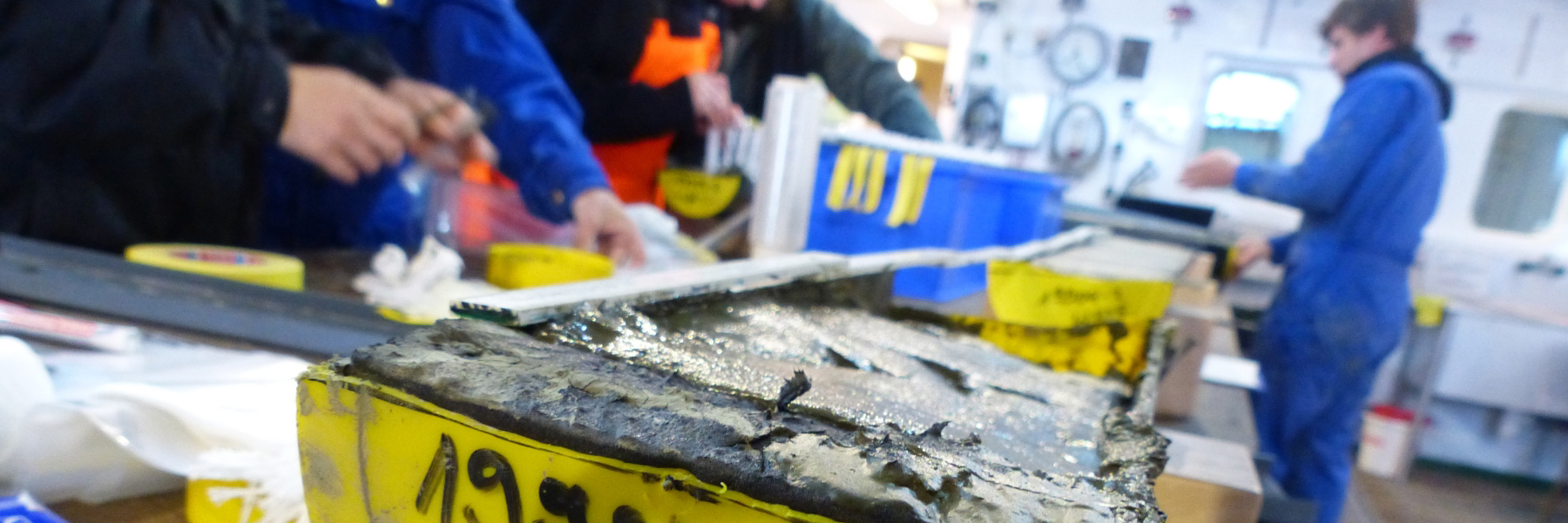Ocean and Climate
Climate Protection Measures: What can we contribute?
Effective climate protection measures are a central element of the United Nations' global sustainability goals. However, scientists agree that the internationally agreed goal of limiting global warming to well below 2°C will be significantly missed by the climate protection measures that have been bindingly pledged so far. Researchers at MARUM are investigating how a global warming of more than 2°C would affect the planet. Such warming increases the risk that parts of the ice sheets on Greenland and Antarctica will melt, which would result in a dramatic increase in global sea level rise. There is also a risk that the Gulf Stream circulation could weaken significantly and that the Earth's major rainfall areas could shift in the long term. In addition to the potential impacts of climate change, MARUM is also investigating ways to store CO2 in the ocean. Such processes will probably be necessary to achieve climate neutrality.
How do we obtain information from climate archives?
Sediments deposited on the sea floor make it possible to quantify changes in the marine environment in the past. The seafloor thus represents a unique archive for environmental changes on time scales from decades to millions of years. This archive therefore makes a decisive contribution to the understanding of the natural processes that are relevant to humanity and that have a decisive influence on the current state of the Earth System and also on its future development. In addition to classical methods of marine geology, (isotope) geochemical analyses of organic and inorganic sedimentary components are used to reconstruct environmental changes and processes. Wind and rivers also transport terrestrial climate signals into the ocean. Thus, deep-sea sediments represent a unique climate archive, which makes it possible to record not only variations of the marine environment but also simultaneous changes on the continents and their relationship to each other. Such paleoceanographic and climatological studies make it possible, for example, to draw conclusions about changes in ocean-wide ocean currents and biological productivity, which are of great importance for the functioning of the climate system (e.g. heat transport, carbon dioxide storage or the shifting of precipitation regions).
Climate Variations: From the Geological Past to the societally relevant future
Climate variations on time scales ranging from several decades to millions of years are not adequately or not at all reflected by instrumental observations. Temporally highly resolved sediments and coral skeletons are therefore indispensable archives for a better understanding of the role of the ocean in climate processes. Of particular importance are the role of strengthening mechanisms, the interactions between climate subsystems, but also the driving factors and the extent of possible local environmental changes.
Many (isotope) tracers used in paleoclimatology have been developed in recent decades into quantitative climate indicators that allow direct comparison with climate models and thus help to test the quality of models for future-relevant climate states. For this purpose, more and more comprehensive paleoclimatological data sets will be required in the future, with which climate states in the past can be described in even greater detail.







